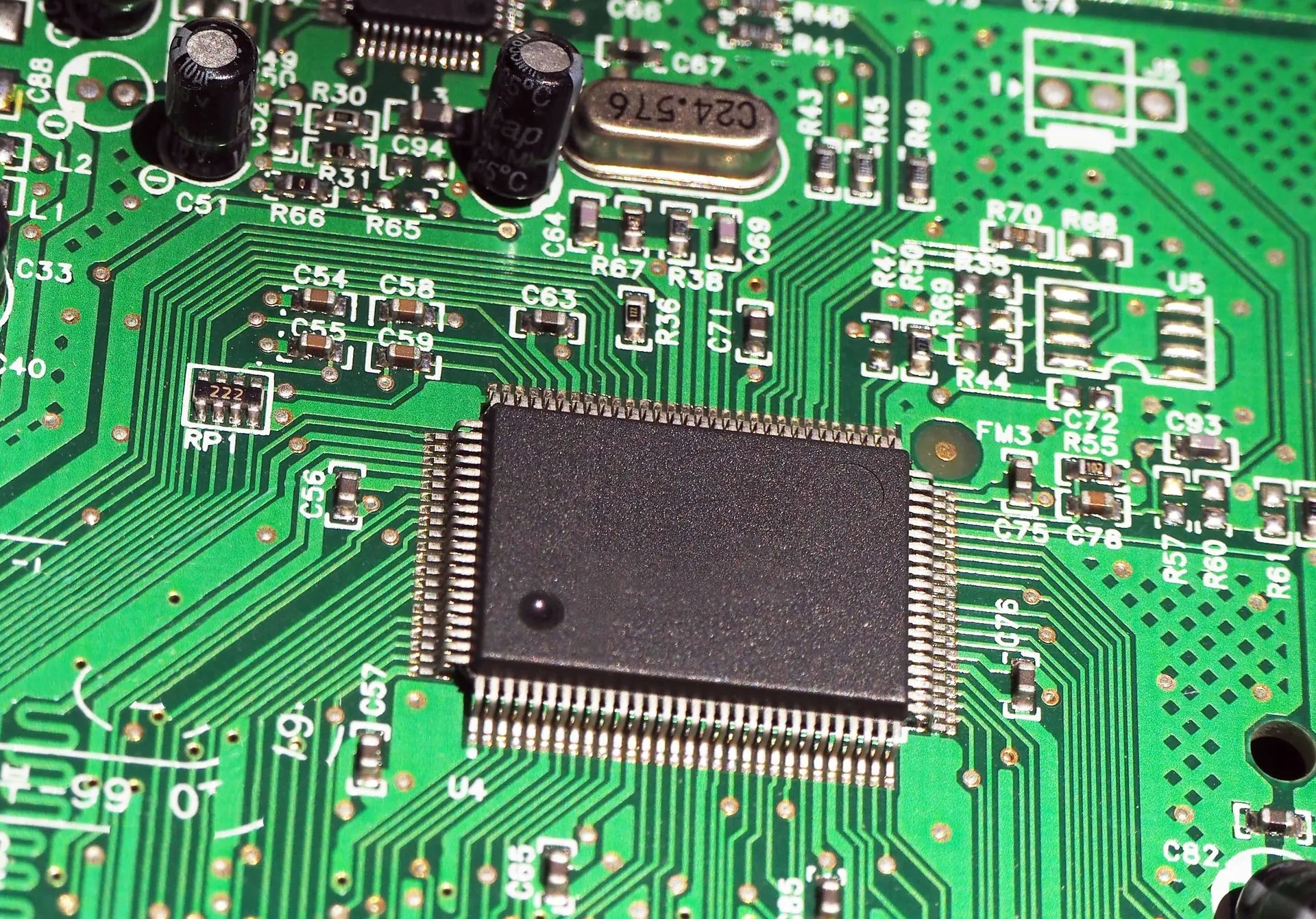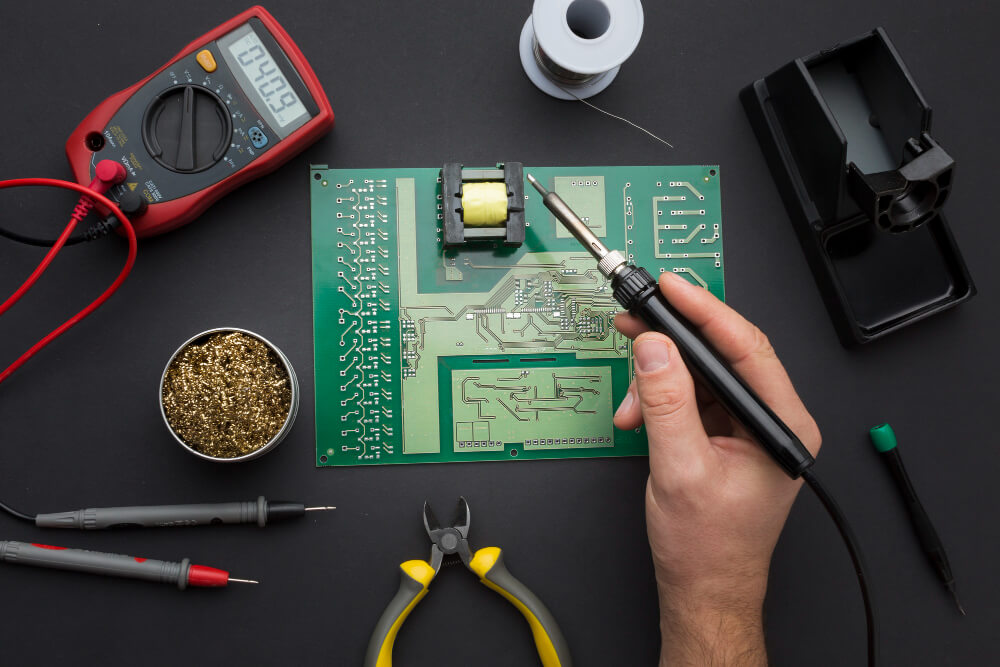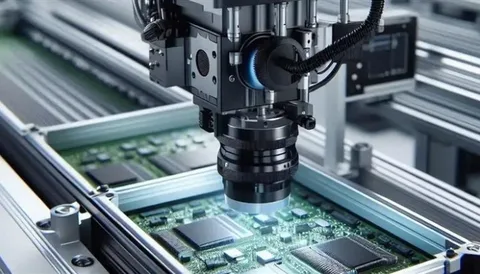In today’s hyper-competitive electronics industry, speed is everything. Getting your products into the hands of consumers faster than your competitors can mean the difference between a major market win or a missed opportunity. That’s where logistics services come into play.
Efficient and strategic logistics services don’t just move products—they optimize supply chains, reduce delays, and ensure the fastest possible time-to-market. Let’s break down how these services make all the difference for electronics companies.
Why Time-to-Market Matters in Electronics
Electronics trends change fast. What’s hot today can be outdated tomorrow. Whether it’s smartphones, wearables, or smart home gadgets, consumer demand moves at lightning speed. If a company can’t meet that demand fast enough, it risks losing market share.
In this fast-paced environment, time-to-market is critical. It defines how quickly a product moves from the design phase to reaching store shelves or online customers. And a major factor influencing that speed? You guessed it—logistics services.
What Are Logistics Services?
Logistics services encompass the planning, implementation, and management of the flow of goods, information, and resources. In electronics, this can range from sourcing components from Asia, warehousing them in regional hubs, and ensuring final products reach retailers across the globe on time.
Key elements of logistics services include:
- Transportation
- Warehousing
- Inventory management
- Order fulfillment
- Last-mile delivery
- Reverse logistics (returns and repairs)
Each of these areas has a direct impact on time-to-market, especially when handled efficiently through expert service providers.
Top Ways Logistics Services Improve Time-to-Market
1. Streamlined Supply Chain Operations
Modern electronics manufacturing involves multiple suppliers from different parts of the world. Coordinating all of them is no small feat.
Logistics services help streamline these operations by creating optimized shipping routes, consolidating shipments, and leveraging real-time data. This reduces bottlenecks and keeps production moving without costly delays.
2. Faster Component Sourcing and Delivery
Let’s say you’re manufacturing smartphones. You might need microchips from Taiwan, batteries from Korea, and cases from China. A delay in even one component can stall your entire production line.
With integrated logistics services, companies can secure faster and more reliable transportation of critical components. Services like air freight or priority customs clearance help ensure essential parts arrive on time.
3. Smart Warehousing Solutions
Advanced warehousing, often powered by AI and robotics, allows electronics companies to store products strategically near key markets. This cuts down the time it takes to get products to retailers or consumers.
Third-party logistics providers (3PLs) often offer flexible warehousing solutions that scale based on demand—perfect for handling seasonal surges or product launches.
4. Real-Time Tracking and Visibility
Knowing exactly where your shipment is at any given moment gives you control. With digital logistics services, companies gain real-time tracking and inventory visibility. This allows for better forecasting, planning, and reaction to unexpected issues.
For example, if a shipment of gaming consoles gets stuck at customs, you’ll know immediately and can reroute or inform customers proactively—minimizing negative impact.
5. Optimized Last-Mile Delivery

The final leg of delivery—getting the product from the warehouse to the customer—is often the most complex. Efficient logistics services ensure last-mile delivery is fast and reliable, whether it’s B2B or direct-to-consumer.
The Role of Technology in Logistics Services
Digital tools are revolutionizing logistics in electronics. Automation, artificial intelligence (AI), machine learning, and blockchain technology are all being used to enhance the speed and reliability of logistics services.
For instance:
- AI algorithms predict delays and suggest alternatives
- IoT devices monitor shipment conditions in real time
- Blockchain secures documentation and prevents fraud
These tech advancements are crucial in reducing the time-to-market for complex electronics supply chains.
Reverse Logistics: A Hidden Advantage
In electronics, returns and repairs are part of the game. Efficient reverse logistics services can process returns quickly, refurbish products, and get them back on the market—saving time and recovering revenue.
Plus, it boosts customer satisfaction, especially for brands offering warranty or replacement services.
Why Choose Professional Logistics Services Providers?
You could try managing everything in-house, but let’s face it—that’s not always realistic. Outsourcing to a logistics expert means you get:
- Global reach
- Local compliance knowledge
- Scalable solutions
- Cost savings through volume shipping
- Faster delivery with optimized networks
Partnering with reliable logistics services providers gives electronics brands a serious competitive edge.
Conclusion
In the race to get new electronics to market, logistics services are the unsung heroes. From speeding up supply chains to enhancing delivery efficiency, these services directly impact how quickly a product reaches eager consumers.
If you’re in the electronics game, you can’t afford slowdowns. Investing in smart, tech-enabled logistics is the smartest move to slash your time-to-market and stay ahead of the competition.






